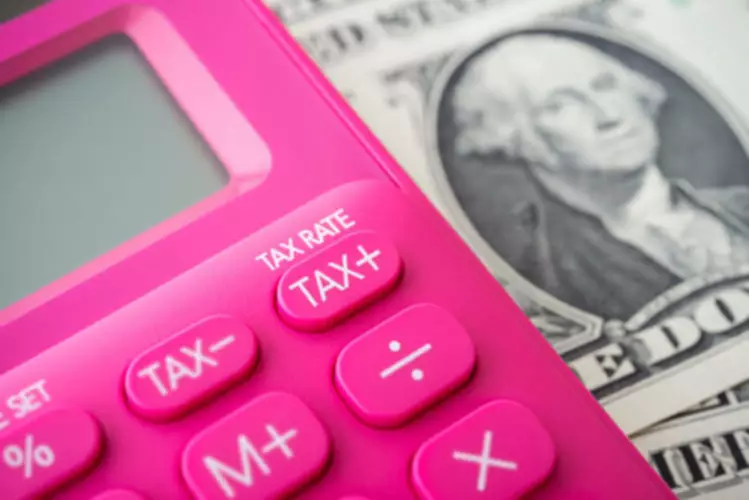Content

Managers may also require a payback period equal to or less than some specified time period. For example, Julie Jackson, the owner of Jackson’s Quality Copies, may require a payback period of no more than five years, regardless of the NPV or IRR. Cash flow is the inflow and outflow of cash or cash-equivalents of a project, an individual, an organization, or other entities. Positive cash flow that occurs during a period, such as revenue or accounts receivable means an increase in liquid assets. On the other hand, negative cash flow such as the payment for expenses, rent, and taxes indicate a decrease in liquid assets. Oftentimes, cash flow is conveyed as a net of the sum total of both positive and negative cash flows during a period, as is done for the calculator.
- Factors like changes in the market, competition increases, and new operational costs can increase or decrease the CAC payback period.
- Generally speaking, SaaS startups aim to recover their Customer Acquisition Costs in 15 to 18 months and high performing SaaS companies normally have a 5-7 month payback.
- Evaluates how long it will take to recover the initial investment.
- In addition, the potential returns and estimated payback time of alternative projects the company could pursue instead can also be an influential determinant in the decision (i.e. opportunity costs).
- Early in a startup’s journey, it’s typical for the payback period to fluctuate, but anything under 12 months is a good sign that the company is on the right track.
- Gather and analyze this information, and then develop an action plan to fix any issues.
Discounted payback period will usually be greater than regular payback period. Investments with higher cash flows toward the end of their lives will have greater discounting.
Payback Period Formula
The payback period is a straightforward concept to understand. Because of its simplicity, this method of evaluation is prevalent. Hence, add the depreciation back to the payback period equation. Thus, it fails to see the long-term potential of the business because the focus is only on the short-term ROI. Financial modeling in excel is a good skill that every professional should have. That will enable you to regulate finances efficiently for your business or job.
- Ineffective marketing can increase customer acquisition costs.
- All have in-depth knowledge and experience in various aspects of payment scheme technology and the operating rules applicable to each.
- Each project must be proven to pay for itself while also increasing production, cutting costs, or adding other specific business benefits.
- The GoCardless content team comprises a group of subject-matter experts in multiple fields from across GoCardless.
- The first investment has a payback period of two years, and the second investment has a payback period of three years.
So whatever happened in the project is not going to be reflected in the payback period. Let’s assume that a company invests cash of $400,000 in more efficient equipment. The cash savings from the new equipment is expected to be $100,000 per year for 10 years.
Payback Period Example
Again, it would be preferable to calculate the IRR to compare these two investments. The IRR for the first investment is 4 percent, and the IRR for the second investment is 18 percent.
- So we deduct 2 years from this 4.6, and report 2.6 as for the discounted payback period from the beginning of production.
- Payback period is popular due to its ease of use despite the recognized limitations described below.
- There is no minimum rate of return but, at present, the majority of schemes have a payback period of up to five years.
- Current projects last less than one year, and companies typically show these costs as an expense on the income statement, rather than as a capitalized cost on the balance sheet.
- It is a key metric for assessing the profitability of a project and can help investors and managers make decisions about whether to pursue a project or not.
- So payback period from the beginning of the project minus 2, the production year, equals 1.55 for the payback period after the production.
- The payback period formula is also known as the payback method.
In simple terms, it is the net impact of the organization’s cash inflow and cash outflow for a particular period, say monthly, quarterly, annually, as may be required. The total cash flows over the five-year period are projected to be $2,000,000, which is an average of $400,000 per year. When divided into the $1,500,000 original investment, this results in a https://www.bookstime.com/ of 3.75 years. However, the briefest perusal of the projected cash flows reveals that the flows are heavily weighted toward the far end of the time period, so the results of this calculation cannot be correct. The formula is too simplistic to account for the multitude of cash flows that actually arise with a capital investment. For example, cash investments may be required at several stages, such as cash outlays for periodic upgrades. Also, cash outflows may change significantly over time, varying with customer demand and the amount of competition.
How to Interpret Payback Period in Capital Budgeting
On the other hand, payback period calculations can be so quick and easy that they’re overly simplistic. Compared with other evaluation methods, it highlights the quickest way that any product or project can be profitable. In contrast with the averaging method, this method is the most suitable for circumstances when the cash flow is likely to fluctuate shortly. Examining the payback period is helpful to identify several investment opportunities that may be available. Then, you have the last resort — if a customer opts to leave, try offering them an incentive to stay. For example, you can use a discounted rate or access to a higher tier to tempt customers into staying. If customers leave before you break even on their CAC, you’re losing money on advertising .
The example in the graph above shows revenue/spend on they-axis and time on thex-axis. FREE INVESTMENT BANKING COURSELearn the foundation of Investment banking, financial modeling, valuations and more.
GoCardless is authorised by the Financial Conduct Authority under the Payment Services Regulations 2017, registration number , for the provision of payment services. Also, this method does not consider the ultimate gains that you may recoup due to patience and time, which is essential.

The second project will take less time to pay back, and the company’s earnings potential is greater. Based solely on the payback period method, the second project is a better investment. The payback period disregards the time value of money and is determined by counting the number of years it takes to recover the funds invested.
But in the case of unequal cash inflows the PB period can be found out by adding up the cash inflows until the total is equal to initial cash outlay. This is the simplest and easiest way to understand but it does not give us the real picture as it does not consider ther time value of money or the cash flows occurring after PB period. There is no clear-cut rule regarding a minimum SPP to accept the project. The other project would have a payback period of 4.25 years but would generate higher returns on investment than the first project. However, based solely on the payback period, the firm would select the first project over this alternative. The implications of this are that firms may choose investments with shorter payback periods at the expense of profitability. To determine how to calculate payback period in practice, you simply divide the initial cash outlay of a project by the amount of net cash inflow that the project generates each year.
